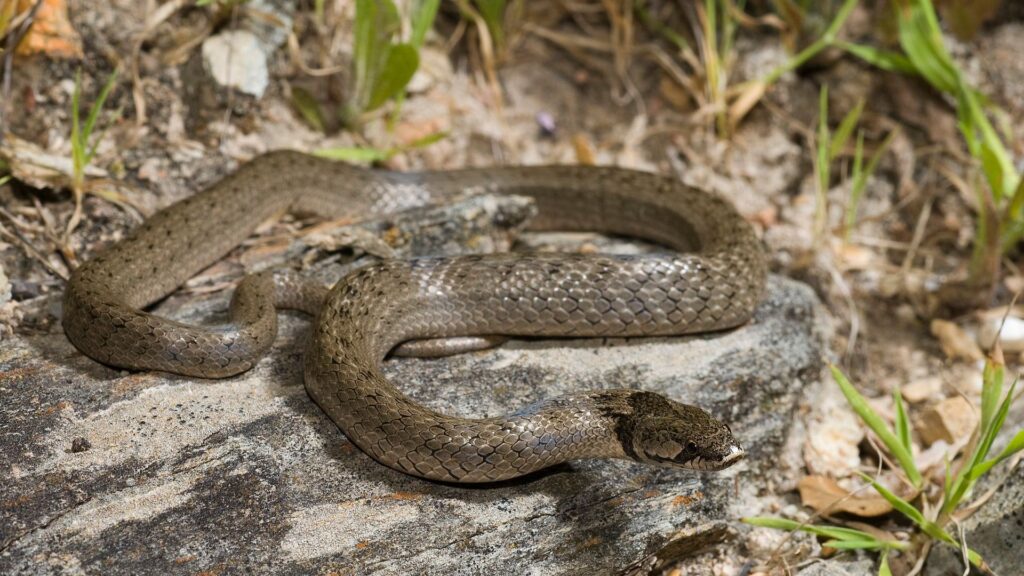Olive Grove: Habitat for Snakes and Serpents
Olive trees can be home or refuge for snakes and garter snakes in the Iberian Peninsula, although not exclusively or constantly.
Why can olive trees harbor snakes and garter snakes?
· Favorable microclimate (warm and dry): Olive groves store heat during the day and release it at night, creating ideal thermal conditions for cold-blooded animals like garter snakes. Snakes are ectothermic animals (they depend on external heat to regulate their temperature), so these conditions are perfect for them.
· Natural shelters (Tree structure and its environment): Trunk cavities and gnarled roots, as well as dry stone walls and leaf litter, offer perfect hiding places.
· Abundant prey: The environment is home to a large number of rodents and lizards that are part of their natural diet.
Relative tranquility: Many olive groves are far from urban areas and experience little human activity during certain periods, which favors the presence of wildlife.
What species can you find in an olive grove?
In the Iberian Peninsula, you can find several species that could take refuge or hunt in an olive grove, such as:
· Ladder snake (Zamenis scalaris)
· Montpellier snake (Malpolon monspessulanus)
· Viperine snake (Natrix maura)
· Long-nosed viper (Vipera latastei) – less common, but possible in certain areas.
And in our province? Which species is most abundant?
The ladder snake is the most common species in Granada’s olive groves: its presence, climbing behavior, and diet fit perfectly with this agricultural environment.
It is completely harmless, non-poisonous, and plays a key ecological role, controlling rodent populations.
Should you be concerned about the other species?
Generally not, since:
· Most are harmless to humans (especially snakes).
· Even vipers are shy and only attack if they feel threatened.
· These species are beneficial to the ecosystem: they control pests and maintain the natural balance.

